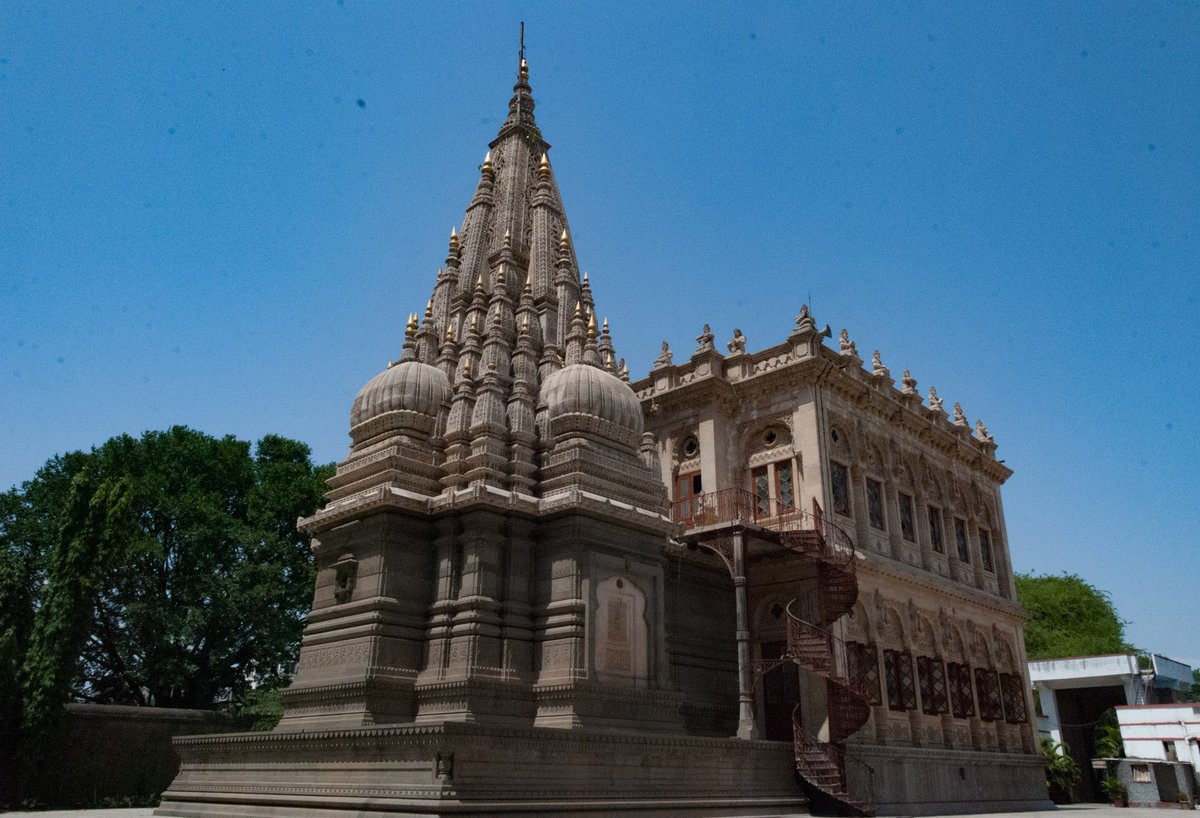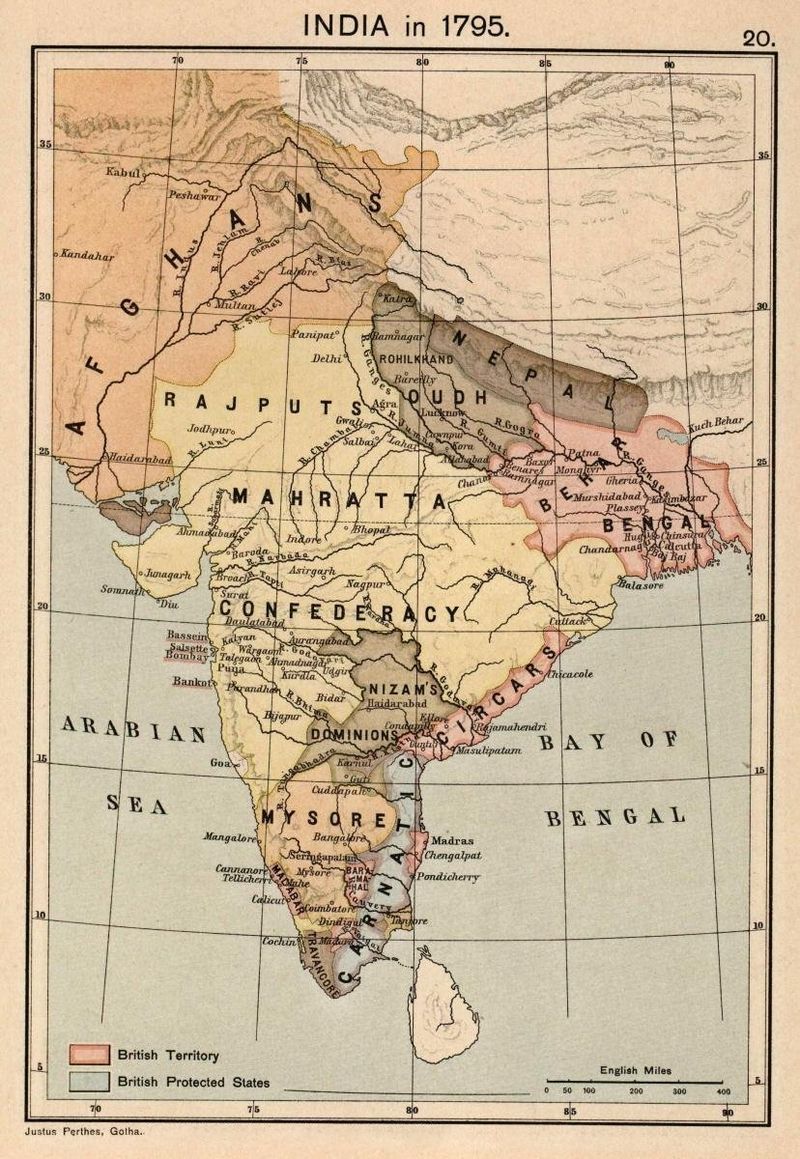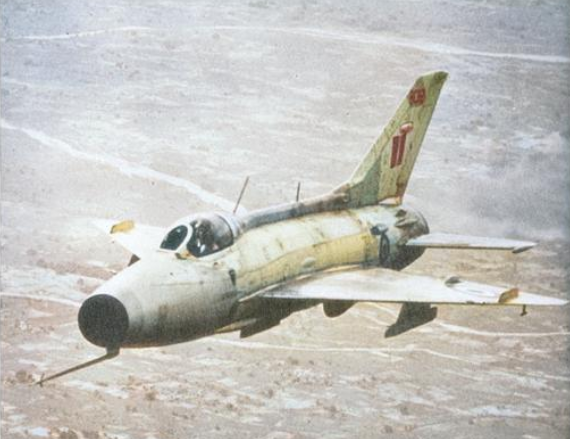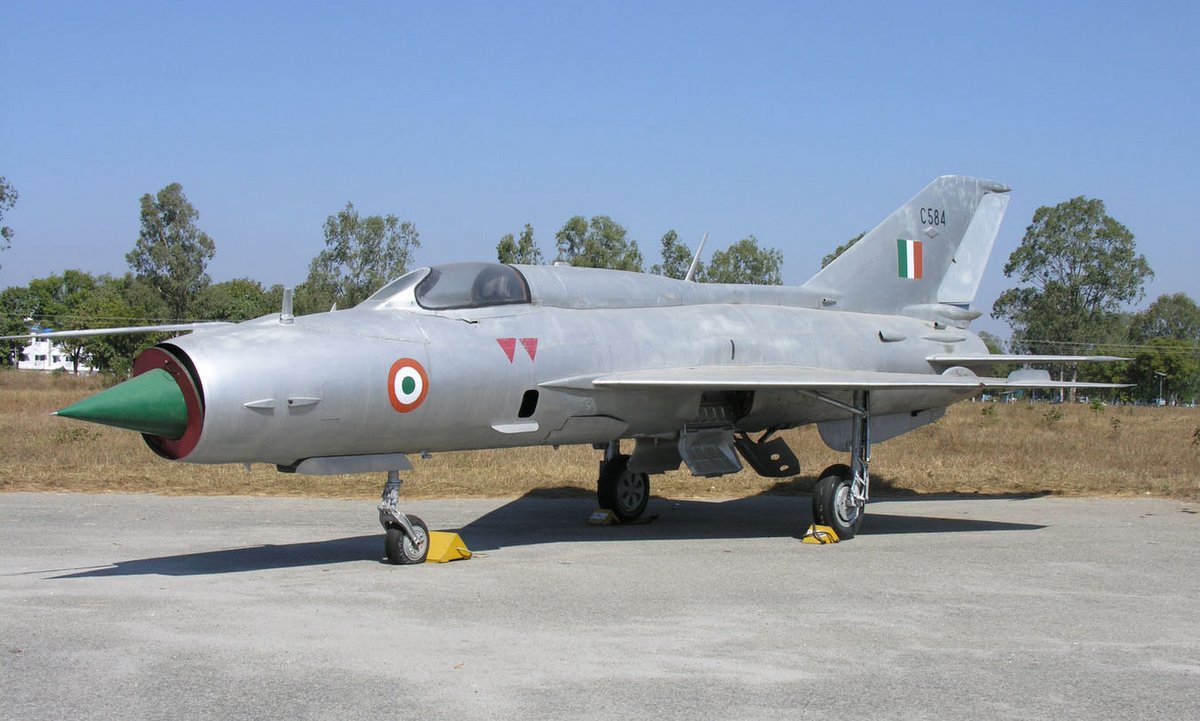Mahadaji Shinde (1730 – 1794) was a Maratha general and Raja of Ujjain (later Gwalior). He was also the architect of Maratha revival in northern India after Panipat. 

He was the youngest of five sons of Ranoji Shinde, founder of the Scindia dynasty. Mahadji came into prominence following the deaths of his older brothers in Maratha campaigns in northern India 1750-61. 

Mahadji provided the muscle (and troops) for Peshwa Madhavrao I and his adviser Nana Fadnavis political ambitions. 



Following the defeat of the Maratha armies at Panipat at the hands of Ahmad Shah Abdali (Durrani) in 1761, the Marathas had lost control of much of northern and northwestern India, including Punjab and Delhi. 

It would be almost a decade later in 1770 that Maratha armies would return to Punjab under Mahadji. The new European style force had been trained under the supervision of the Frenchman Benoît Leborgne,l Count de Boigne. 



Following the Mughal defeat at Buxar in 1764, Shah Alam II was prevented from returning to Delhi and was forced to stay in Allahabad. With the Maratha ressurection, in May 1771, Mahadji' sarmy escorted Shah Alam back to Delhi. 

Along with the Marathas they undertook to reconquer the crown lands of Rohilkhand, capturing the fort of Pathargarh with its treasure. The emperor became a Maratha client, and from his reconquered lands undertook to pay tribute to his protectors. 

For his support Shah Alam II styled Mahadji as Meherban Shrimant Sardar Shinde Bahadur Naib Vakil-i-Mutlaq, essentially giving him regency in 1772. He was also creted Amir-ul-Umara (head of the amirs) in 1784. 

Maratha courtship of the French precipitated a conflict between the Maratha Confederation and the British in 1775. The war ended in 1782 with the Mahadji imposing the treaty of Salbai on the British, who recognized Maratha suzerainty over territories west of the Yamuna. 

With the Marathas fighting the British, Timur Shah Durrani made several raids to recapture Punjab which was by now controlled by the Sikh Misls. In 1785, the Durranis would mount the largest invasion since the abortive 1764 campaign. 

In 1785, the Durrani attack against Lahore was heavily defeated by a combined Sikh-Maratha force, which ended once and for all the Durrani menace in the Punjab. By 1790, these areas paid tribute to Mahadji, along with the major Rajput kingdoms of Jodhpur and Jaipur. 

In October 1788, the former Rohilla slave Ghulam Qadir aided by a palace coup imprisoned and then blinded Shah Alam II in Delhi. Qadir is rumored to have been Shah Alam's catamite. The rebellion was swiftly crushed by Mahadji. 

Just a year earlier, he had imposed on Tipu of Mysore the Treaty of Gajendragad which returned all the territory captured by Hyder Ali to Marathas and Tipu agreed to pay four year arrears of tribute to Maratha Empire (Rs. 4.8 million) plus a tribute of Rs.1.2 million per year. 

Mahadji's final campaign would lead to the pacification of Tukaji Rao Holkar at Lakheri. Tukaji would eventually succeed him as the Maratha confederacy's preeminent general. 

Mahadji Shinde died in Pune and was cremated on 12 February 1794, aged 64. A Chhatri was raised above the cremation spot. #History #Indian #maratha #Mughal 

India in 1795, following Mahadji's death. By 1795 most of Punjab was already under Sikh rule and only nominally Afghan. 

• • •
Missing some Tweet in this thread? You can try to
force a refresh























